Oil on canvas, 72 x 98 cm
With frame, 87 x 112 cm
Giovanni Castiglione was born in Genoa in March 1609, as reported by a series of documents relating to the registration of his baptism. He began to approach painting at a young age, following the instructions of masters such as Giovanni Battista Paggi, Giovanni Andrea De Ferrari and Sinibaldo Scorza, with whom he worked for some time. His early works show his deep attachment to animal painting, extremely widespread at the time: this trend can be seen in paintings such as The entry of animals into the ark (Genoa, Accademia Ligustica) and Noah makes animals enter the ark, (Florence, Gall. of the Uffizi, cat. 1336), attributable to the first season of the painter’s activity. Contact with the Roman environment in the thirties of 1600 profoundly changes the artistic vision of Castiglione, deeply fascinated by the nascent baroque forms of Bernini and the classical painting of Poussin, which contribute to the Genoese’s discovery of a new artistic concept, which is particularly noticeable in paintings such as Satyros and nymphs and the Adoration of the Golden Calf. After a short stay in Naples and a long stay in Rome, in 1639 Grechetto returned to Genoa where he married and started a family, as reported in some notarial documents. After a period of artistic pause, in 1645 Castiglione created La Natività for the Genoese church of S. Luca, Still showing a remarkable attachment to the classical forms but interposing a new spatial dimension in which merge suggestions from the Roman and Neapolitan environment.






















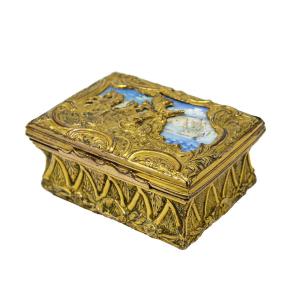

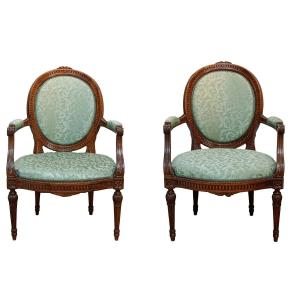



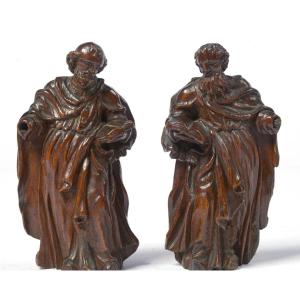


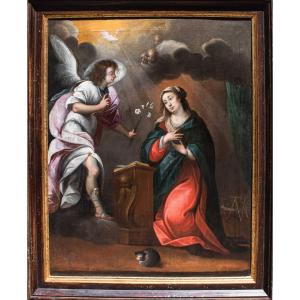




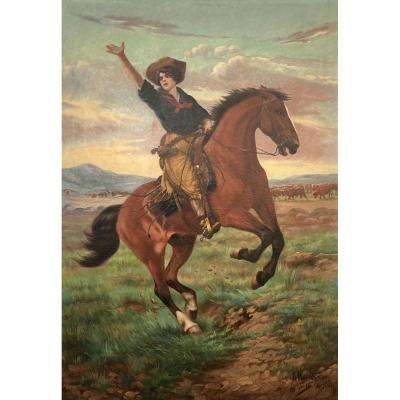


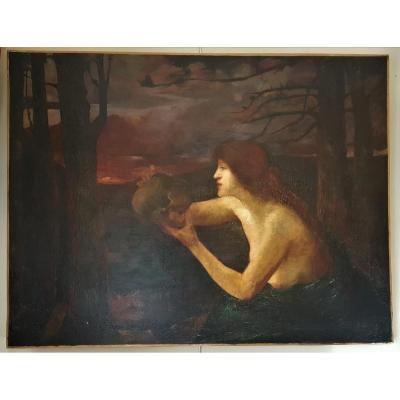




 Le Magazine de PROANTIC
Le Magazine de PROANTIC TRÉSORS Magazine
TRÉSORS Magazine Rivista Artiquariato
Rivista Artiquariato